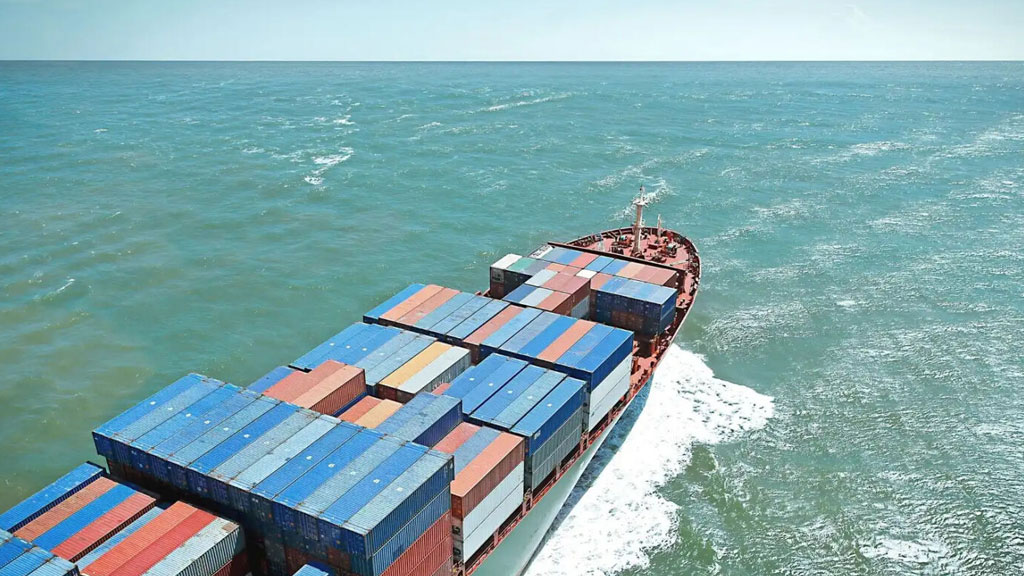The Hidden Truth: Unveiling the Frequency of Lost Containers at Sea
2 min read
In today's globalized world, shipping containers play a crucial role in the transportation of goods across vast oceans. However, have you ever wondered how often these containers are lost at sea? This blog post aims to delve into this intriguing question, providing you with a comprehensive understanding of the frequency of lost containers and shedding light on the factors contributing to such incidents.
- The Scale of the Issue:
To comprehend the magnitude of container loss, it is essential to examine the statistics. According to recent studies, an estimated 1,382 containers are lost at sea each year, equivalent to an astonishing 10,000 metric tons of cargo. These numbers highlight the significance of addressing this issue and finding effective solutions. - Causes of Container Loss:
Container loss can be attributed to various factors, including extreme weather conditions, vessel accidents, improper stowage, and human error. Severe storms, such as hurricanes and typhoons, pose a significant risk to container ships, leading to the loss of containers overboard. Additionally, vessel collisions or grounding incidents can result in container loss, especially in congested shipping lanes. Furthermore, inadequate stowage practices and human errors during loading and unloading operations can contribute to containers falling into the sea. - Impact on the Environment:
The consequences of container loss extend beyond the financial implications for shipping companies. Lost containers can have a detrimental impact on marine ecosystems. Some containers contain hazardous materials or non-biodegradable goods, which can pollute the ocean and harm marine life. Moreover, the physical presence of sunken containers on the seabed can damage fragile coral reefs and other underwater habitats. - Mitigation Measures:
To mitigate container loss, industry stakeholders have implemented various measures. These include improved vessel design and stability, enhanced weather forecasting and route planning, stricter regulations on container securing, and the development of advanced tracking technologies. Additionally, the International Maritime Organization (IMO) has introduced guidelines for container weight verification, aiming to ensure proper stowage and reduce the risk of container loss. - Future Trends and Innovations:
As technology continues to advance, the shipping industry is exploring innovative solutions to minimize container loss. For instance, the use of satellite-based tracking systems allows real-time monitoring of containers, enabling prompt action in case of an incident. Furthermore, the development of eco-friendly materials for container construction and improved weather prediction models can contribute to reducing container loss and its environmental impact.
Conclusion:
The frequency of containers lost at sea is a significant concern that demands attention from both the shipping industry and regulatory bodies. By understanding the causes, consequences, and potential solutions, we can work towards minimizing container loss and safeguarding our oceans. Let us strive for a future where container loss becomes a rare occurrence, ensuring the sustainable and efficient transportation of goods across the globe.
